Szent-Györgyi Albert Memorial Room
The biochemist Albert Szent-Györgyi (1893-1986) carried on his researches started in Cambridge and Groeningen at the University of Szeged as the head…

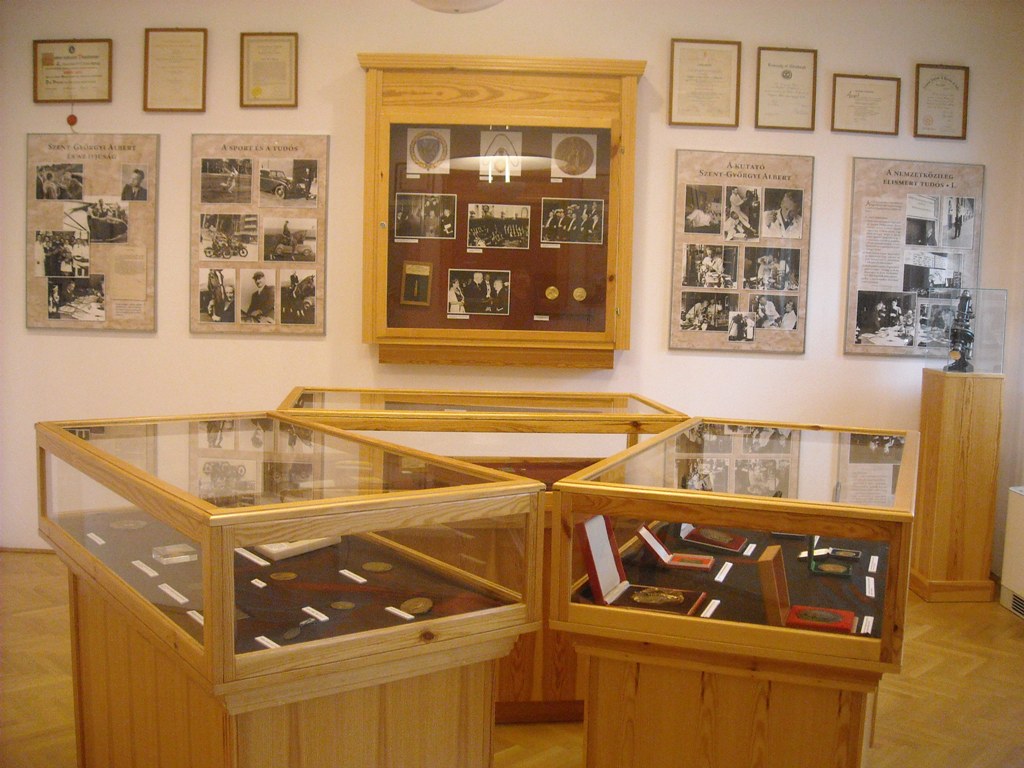
The biochemist Albert Szent-Györgyi (1893-1986) carried on his researches started in Cambridge and Groeningen at the University of Szeged as the head…
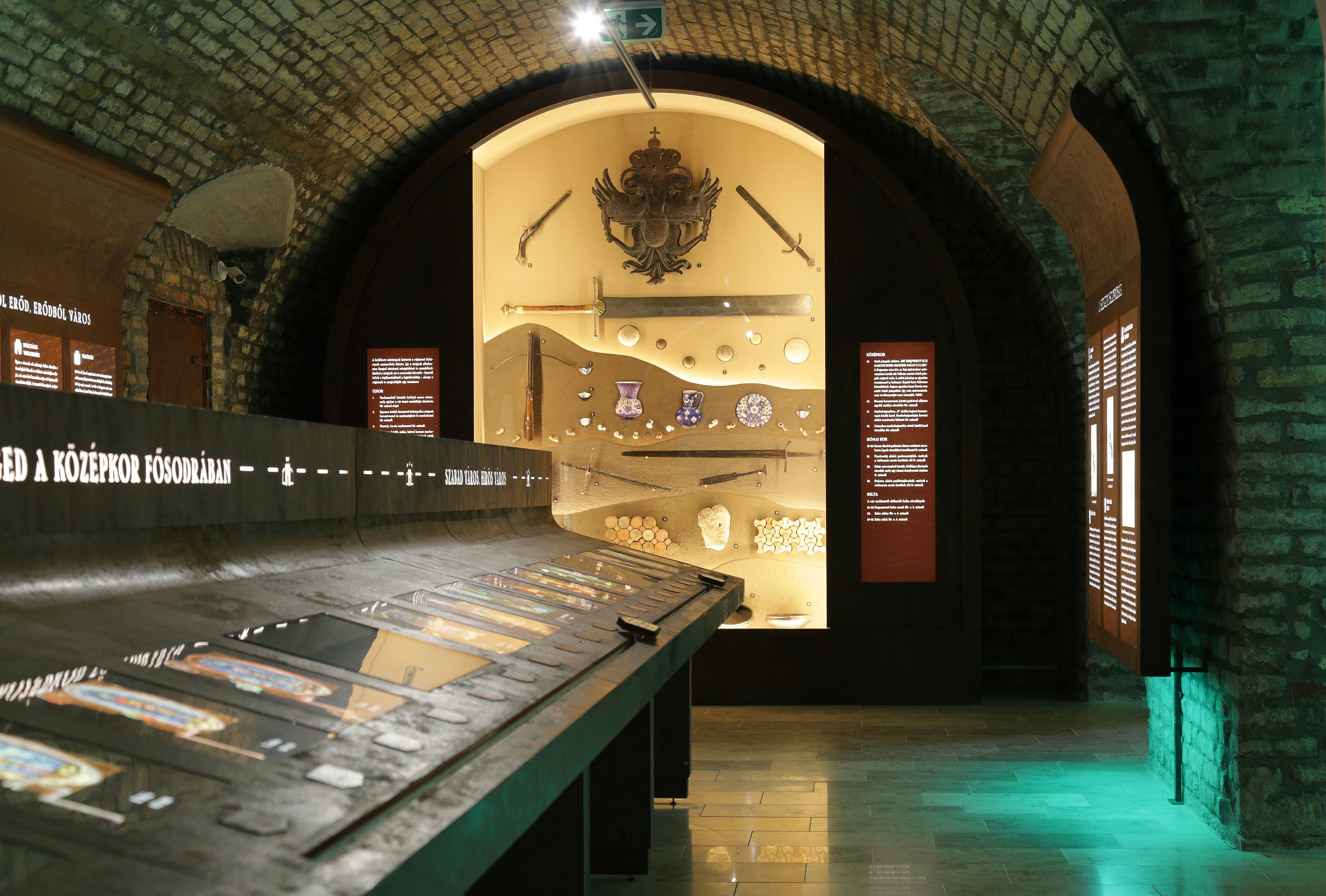
The fortress in Szeged was built in the second half of the 13th century, probably with the extension of the already existing fortress.

Would you like to experience the fascinating world of nature up close?

Situated in Alsóváros, Szeged, the monastery and the church together form Hungary’s second largest church complex, keeping its original function.

Since the era of Maria Theresa, corps, barracks have always been present in Szeged but unfortunately, there are no active corps presently. Thus, the young people, the future generations and the tourists cannot see the beauties of military life at close quarters.
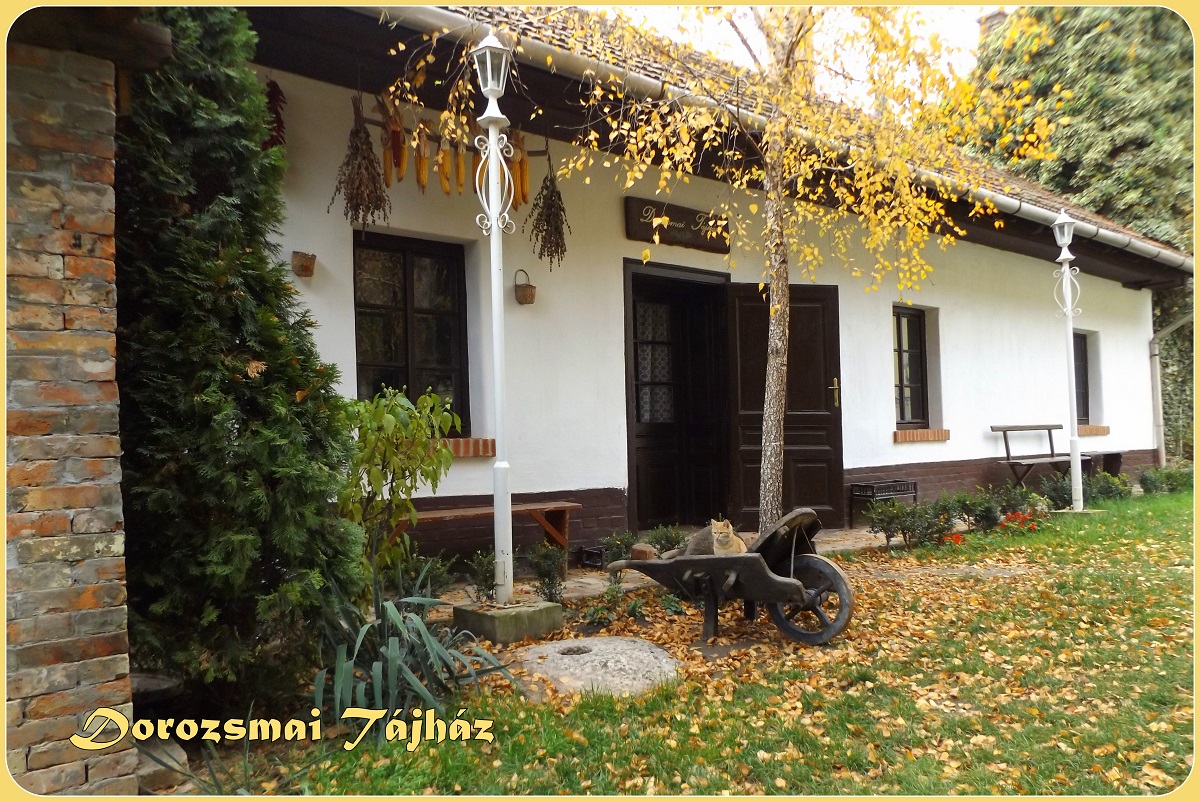
The sights of Szeged include the Dorozsmai Country House and the Farmer’s House. Szeged-Kiskundorozsma is a place where you can see the folk and the “bourgeois” material, intellectual culture of…
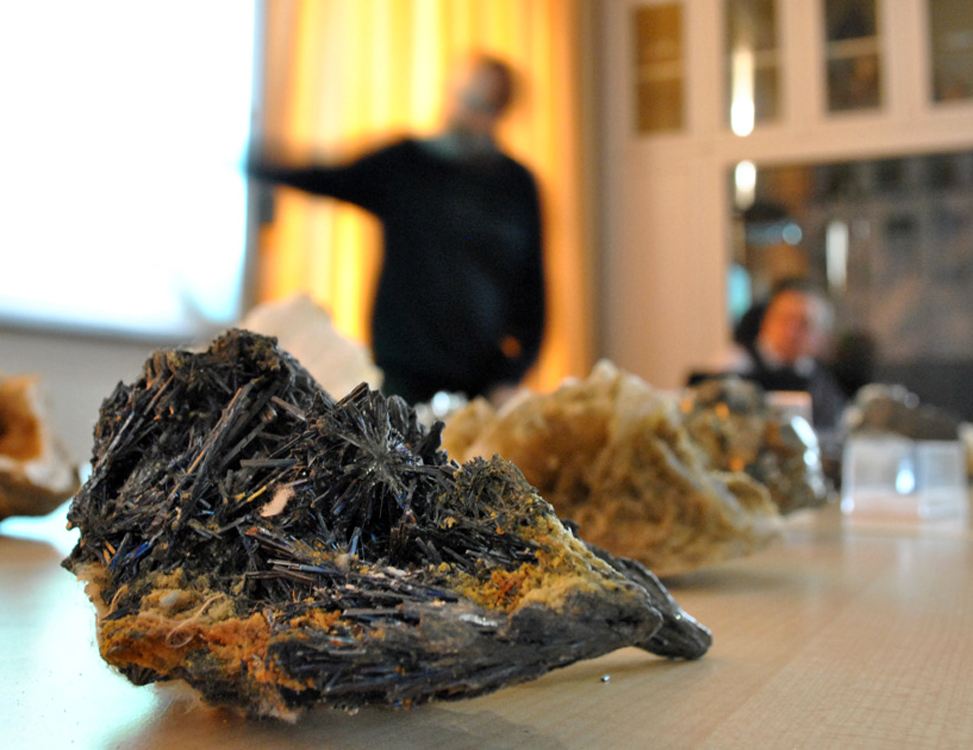
The collection named after Professor Sándor Koch, a passionate researcher of mineralogy, and one-time head of the Institute of Mineralogy and Petrology of the university in Szeged.

The building standing at the corner of Somogyi and Kelemen Street is unique in its style, appearance and location.
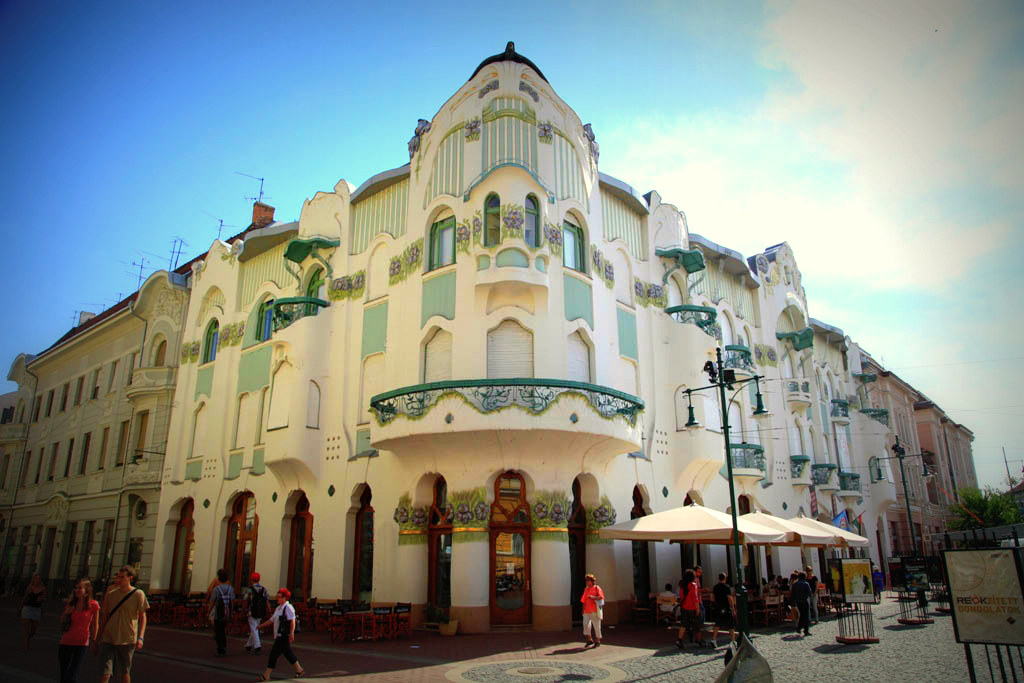
The architect Ede Magyar was thirty in 1907, when he constructed Reök Palace, an exemplary piece of Hungarian secession.

The architect Ede Magyar was thirty in 1907, when he constructed Reök Palace, an exemplary piece of Hungarian secession.

The observatory located in Újszeged was built by the Szeged Observatory Foundation more than twenty years ago.
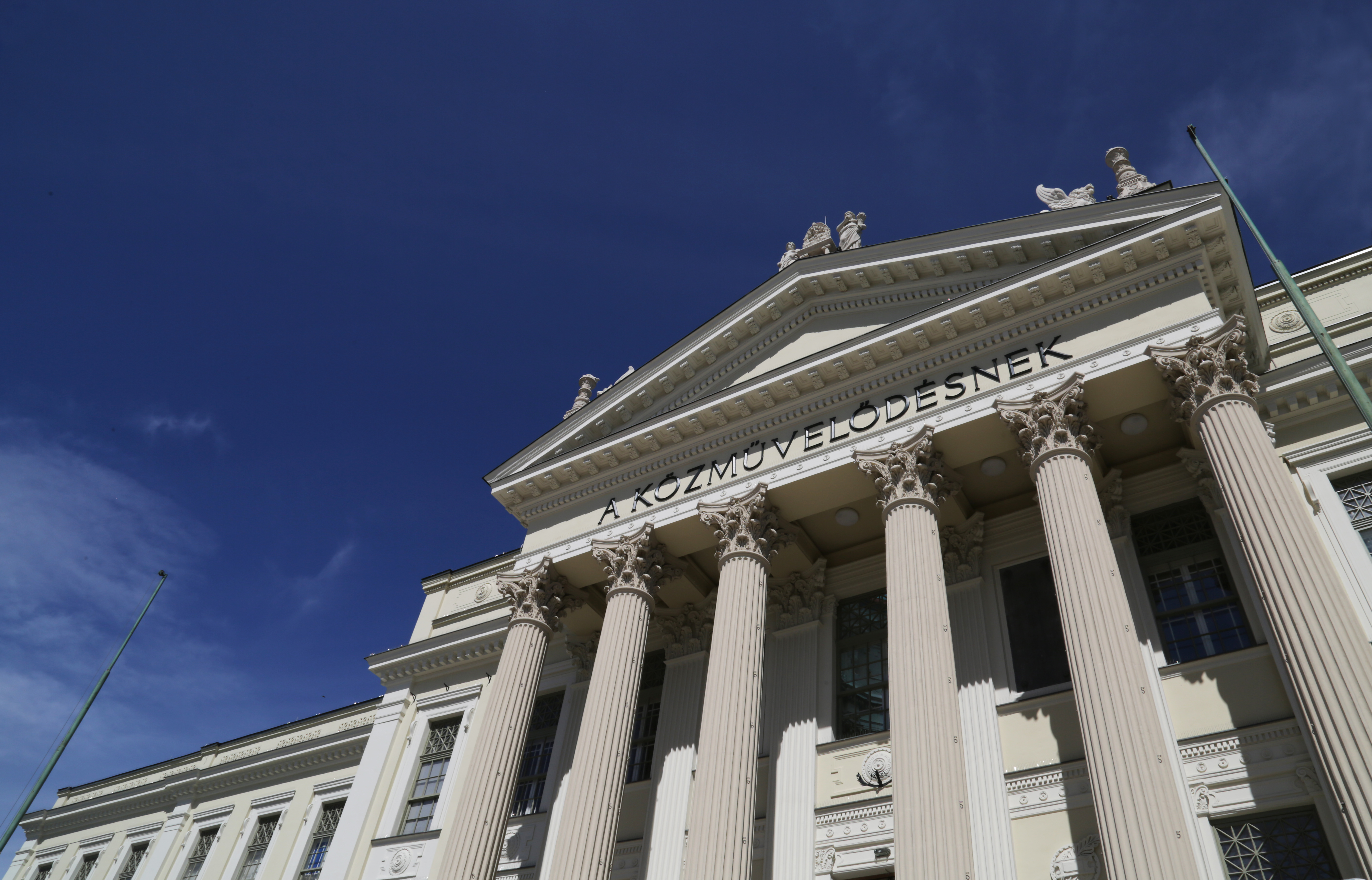
The most impressive product of the building fever of the millennium in Szeged is the Palace for Public Education built in neo-classicist style in 1896.
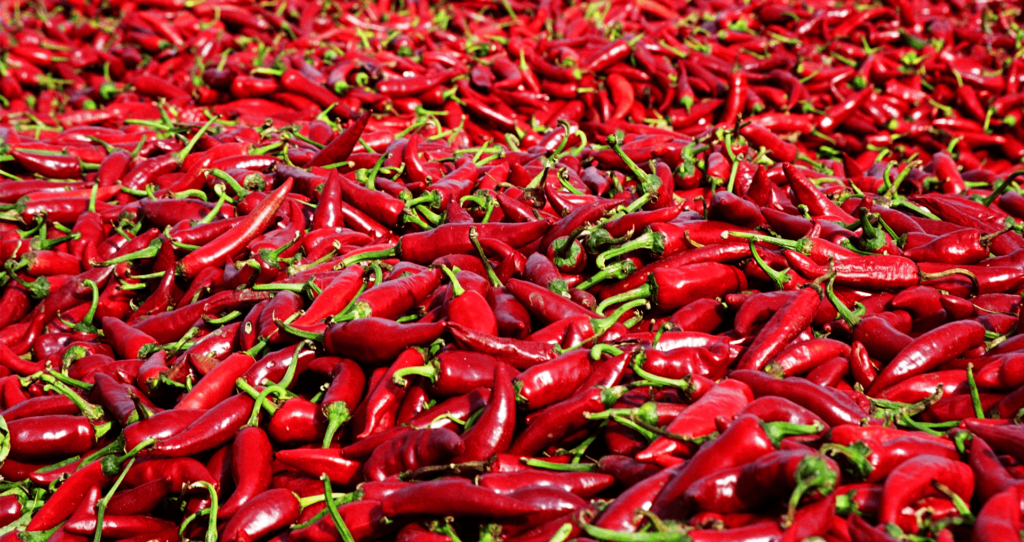
Did you know that the Indians used hot peppers as tear gas and as a form of punishment? the word paprika originated in the Szeged area and is known all…

The centre was opened in December 2012 with the aims of presenting the research results of the region in a simple and understandable way and directing children’s attention to natural sciences.

The collection, devoted to the passionate mineralogical researcher and professor Sándor Koch, former head of the Institute of Mineralogy and Petrology at the University of Szeged, consists of two main…

Szeged Cathedral Visitor CenterAs a candidate for the Museum of the Year 2020 award, the Szeged Cathedral Visitor Center awaits its visitors with numerous tourist attractions. Among its permanent programs,…

The building of the school was built in 1914. It worked as a military hospital during World War I, and from 1921 it also served as a medical chemistry…
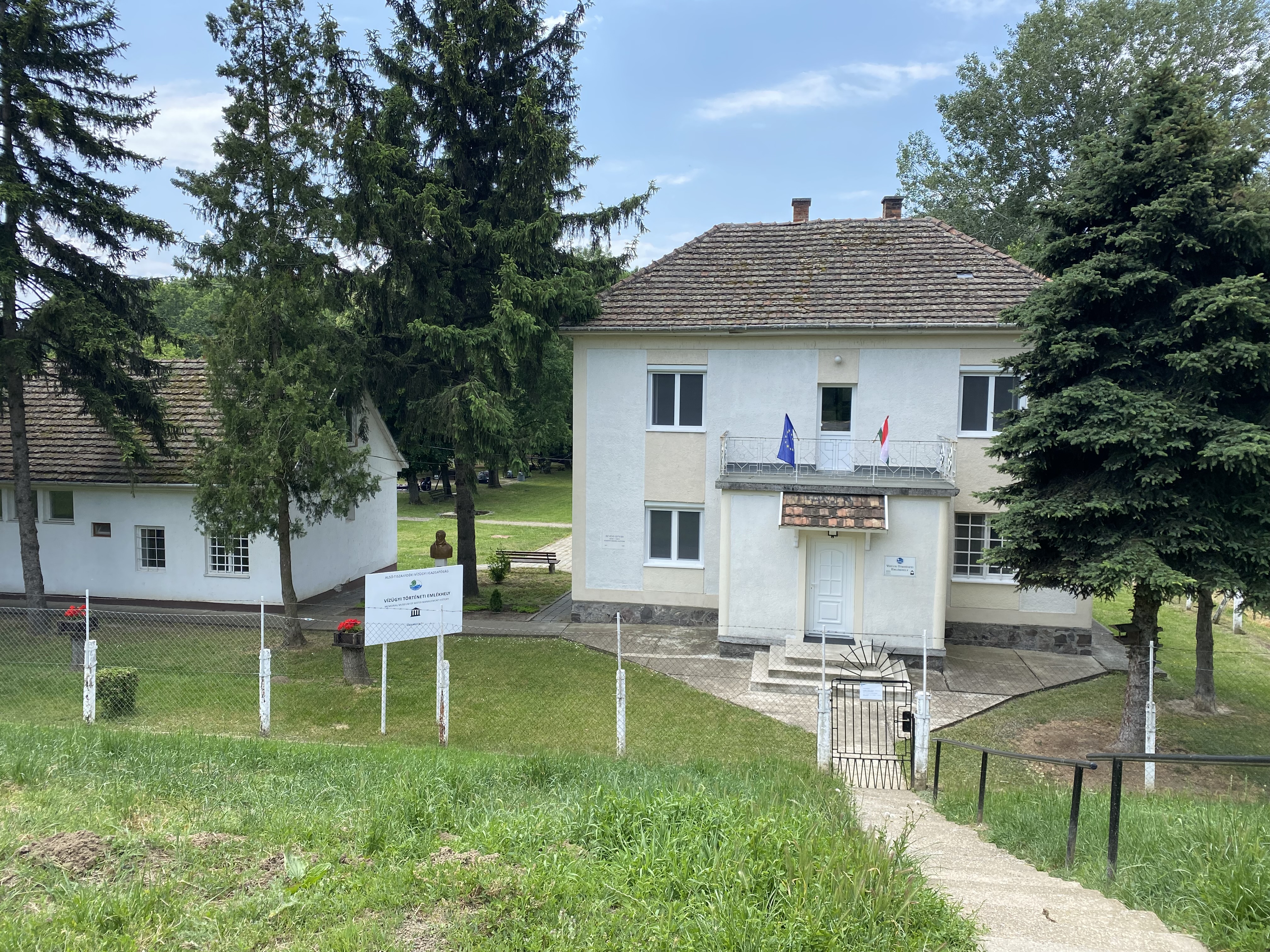
The indoor exhibitions feature: Cubic exhibition Open-air exhibition: Objects Here the important steadings of dike-reeve houses (storerooms, workers’ hostel, barn, pig sty, wooden corn silo) are displayed. Of course, today…
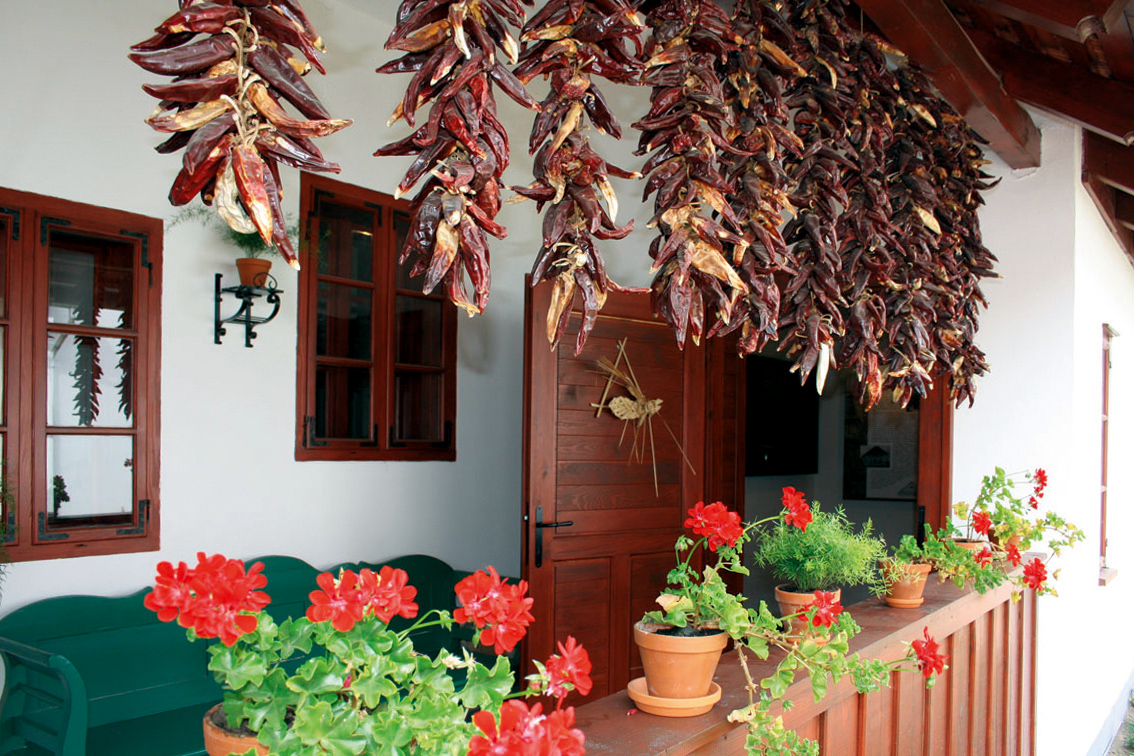
The God’s Eye motive of the main altar in the Alsóvárosi Church (Lower Town Church), the radial lines, became recognizable ornaments of the houses in lower town.

The Nobel portrait plaque representing Katalin Karikó’s Nobel Prize can be seen on permanent display in the exhibition space of the Attila József Study and Information Center of SZTE. As…